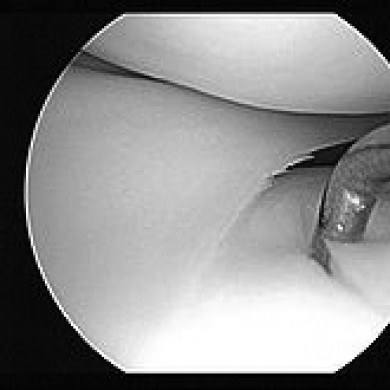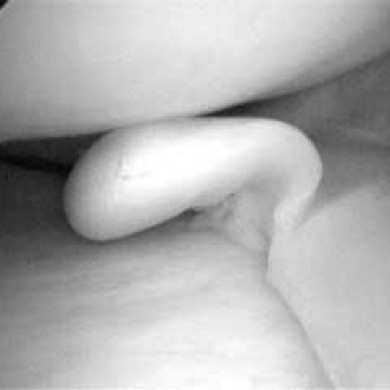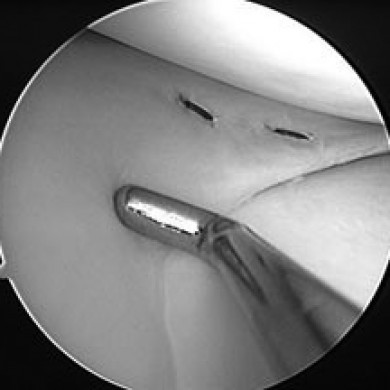Meniscal tears are an extremely common knee injuries. Sportsmen and women are particularly at increased risk for meniscal tears.However, anyone at any age can tear a meniscus. It is often referred to as “torn cartilage”. The pieces of cartilage act as “shock absorbers” between your femur and tibia.The medial meniscus is “c-shaped” whereas the lateral meniscus is “o shaped” and more sharply curved. The meniscus is anchored to the tibia via small ligaments. Tears are noted by how they look, as well as where the location within the meniscus.Common tears include longitudinal, parrot-beak, flap, bucket handle, and mixed/complex.

Sports-related meniscal tears often occur along with other knee injuries, such as anterior cruciate ligament tears.
Often acute injuries occurs when sports players may squat and twist the knee, causing a tear. As one ages the menisci undergo age related changes which may make them more prone to developing a degenerate meniscal tear often after trivial injuries.
The most common symptoms of meniscal tear are:
Your orthopedic surgeon will take a full history and examine your knee. Following this, if a meniscal injury is suspected further tests may be requested.
X-rays: Although X-rays do not show meniscal tears, they may show other causes of knee pain, such as osteoarthritis.
Magnetic resonance imaging (MRI): This study gives much better detail to the soft tissues within the knee and can identify meniscal injuries.
How your orthopaedic surgeon treats your tear will depend on the type of tear you have, its size, and location. Your age, activity level, and any related injuries will factor into your treatment plan. The menisci can sometimes be repaired or more commonly debrided back to stable tissue.
Meniscal injuries are amenable to debridement or repair using a knee arthroscope. Knee arthroscopy is performed by utilitisng a small camera and instruments inserted through miniature portals.
After surgery, your doctor may put your knee in a cast or brace to keep it from moving.Once the initial healing is complete, your doctor will prescribe rehabilitation exercises. Regular exercise to restore your knee mobility and strength is necessary. You will start with exercises to improve your range of motion. Strengthening exercises will gradually be added to your rehabilitation plan.
Meniscal tears are extremely common knee injuries. With proper diagnosis, treatment, and rehabilitation, patients often return to their pre-injury abilities.


